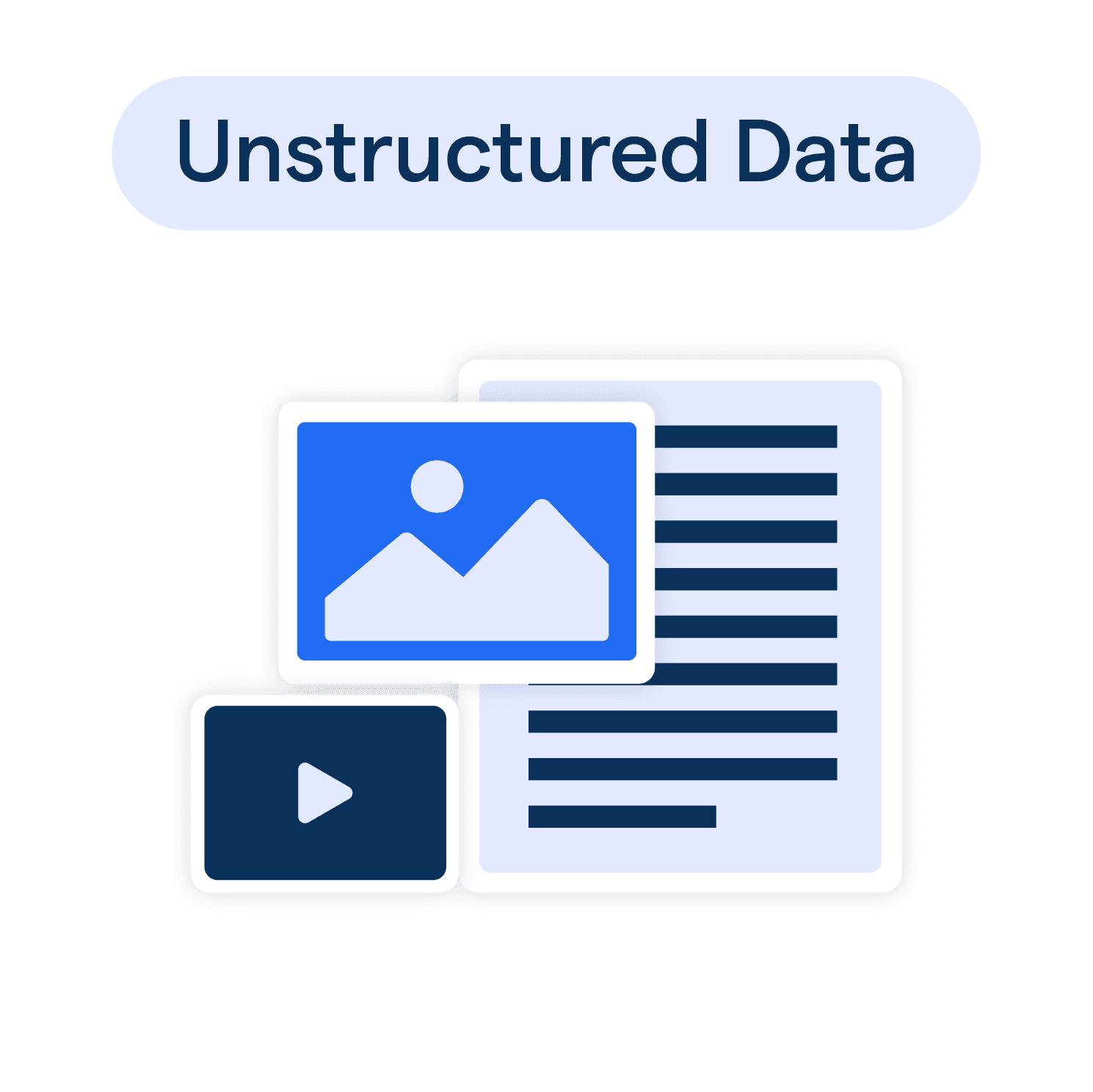Search is Changing (Again)
Search is becoming less about finding the right answer, and more about learning how to ask better questions.

Guess what all the AI buzz is about?
Yep, parallel processing of unstructured data! Hahahaha!
Okay, not just unstructured data, but everything it represents, this wild, untamed frontier of information we’ve been ignoring for years. And suddenly, boom! It’s the hot topic, the next big thing, the final boss of data science.
But how did we get here?
Let’s rewind, say, 20 years? Nah, I was just a kid back then, probably thinking about cartoons and snacks. Let’s try 15 years ago instead. That’s better!
Fifteen years ago, in the Information Age, an era where we finally figured out how to store and process massive amounts of data, where data scientist was called the sexiest job. But here’s the catch: we only dealt with structured data, neatly organized in rows and columns, like an Excel sheet. You know, that thing your boss always asks you to update, but you secretly hate? Yeah, that.
If you were slightly opportune (like me), you worked with databases, SQL, tables, and schemas. Everything was clean, structured, and… honestly, kinda boring. But that was the norm. Some unknown group of people (seriously, who decided this?) made sure computers stored everything in tables because that’s how they thought information should be managed.
And for a while, that was fine. Data scientists became the “new sexy,” businesses built entire industries around structured data, and life was good.
Then We Realized… We Were Missing 85% of the Picture!
Here’s a fun fact that blew my mind when I first heard it: we were only using about 10-15% of the world’s data for decision-making.
Wait, what? So you’re telling me we spent billions of dollars building these powerful databases, creating fancy analytics dashboards, and training machine learning models, only to ignore 85% of the data out there?
Yeah. Crazy, right?
But why? Well, because the other 85% was unstructured data, messy, chaotic, and completely unsuited for traditional databases. Think about:
Unstructured data is everywhere, yet we had no efficient way to process it at scale, until now.
Back in the day, working with unstructured data was a nightmare.
Want to analyze customer feedback? Great, first, you need to extract text from emails, transcribe audio, clean up messy formats, and structure it manually. Then, you run sentiment analysis to figure out if people love or hate your product.
Oh, and it could take days to process. Sometimes weeks. Ugh!
But then, Generative AI entered the chat.
And suddenly, everything changed.
Let me be clear: AI isn’t magic. It’s not like OpenAI, DeepSeek, or Anthropic just waved a wand and made unstructured data instantly usable.
Nope. The real magic came from better hardware and infrastructure. Machines got insanely powerful, just look at Samsung’s S24 Ultra. It’s a beast. We now have massive computing power, optimized neural networks, and algorithms that can process text, speech, and video at speeds we couldn’t dream of a decade ago.
So what does this mean?
Very impressive don’t you think? :)
So, have we truly unlocked unstructured data?
Well, almost. We’re closer than ever, but challenges remain.
But one thing’s for sure: we’re never going back.
The era of structured-only data is over. The real game is happening in unstructured data, and if you’re not paying attention, you’re missing out.
So, next time someone talks about Generative AI, just remember, it’s not just about chatbots and fancy text generation. It’s about making sense of the 85% of data we’ve ignored for decades.
That’s the real revolution.
And guess what? We’re just getting started. 🚀